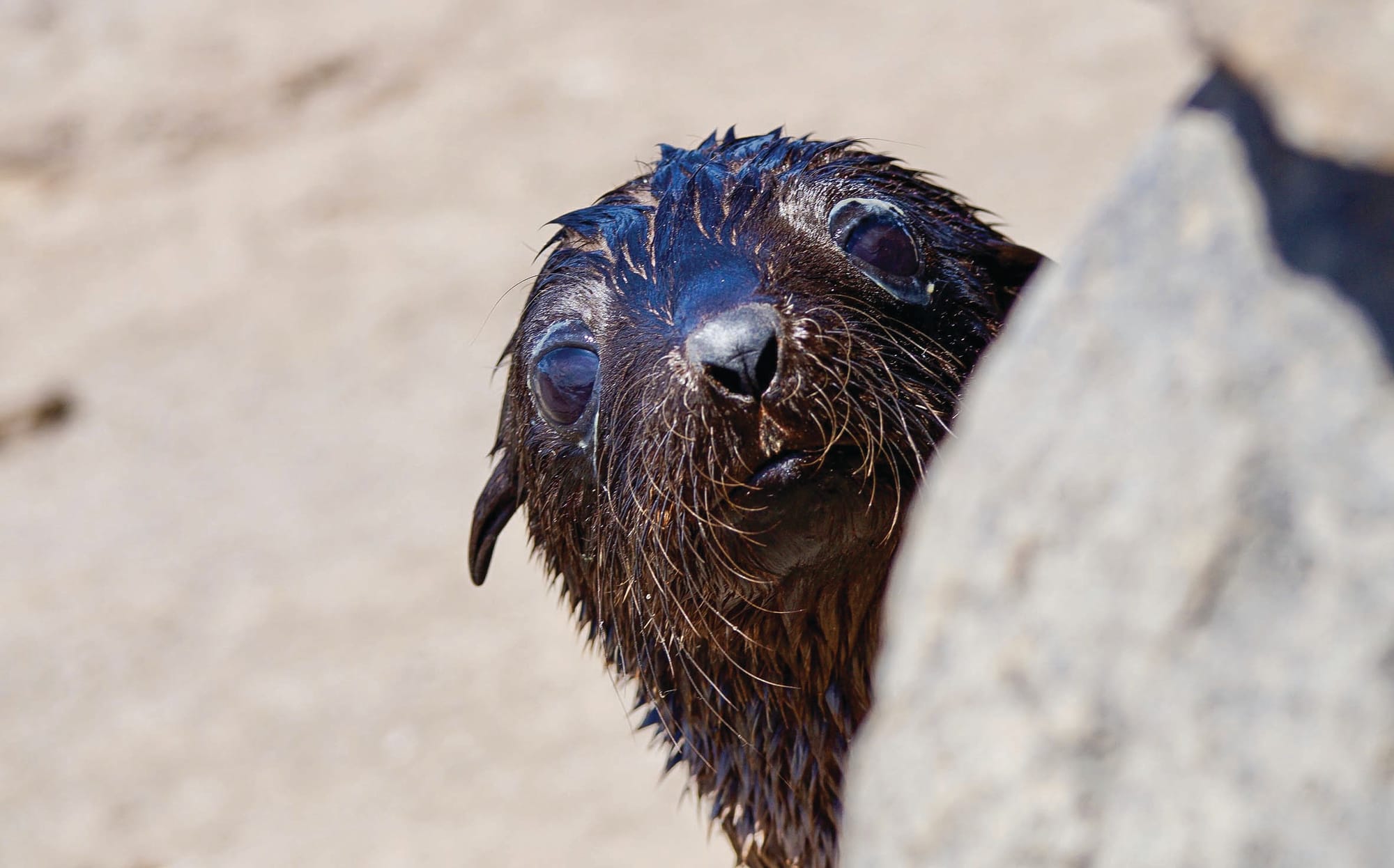Seal census complete
Thousands of fur seals around Phillip Island have just been counted as part of a five yearly census.

Thousands of fur seals around Phillip Island have just been counted as part of a five yearly census to determine the health of the population.
The pups are used as an index of the population because they are easy to count, being all ashore at one time compared to adults that leave to find food. The census is performed using a combination of drone surveys and counts on the ground.
Phillip Island Nature Parks researchers visited sites from Seal Rocks at Phillip Island, west to Cape Bridgewater and east to The Skerries and Gabo Island near Mallacoota.
While the last censuses in 2013 and 2017 have shown that seal pup numbers had declined by 22 per cent, researchers are yet to complete the counting of the most recent drone images and collate the results with collaborators from Deakin University and Natural Resources and Environment, Tasmania.
Phillip Island Nature Parks researchers say the adult population is currently stable with an estimated 20,000 fur seals using Seal Rocks as their base.
“We have a very strong connection to the seal population at Phillip Island. Seal Rocks is an iconic seal habitat. It is the largest colony of Australian fur seals and it is wonderful to share this region with them,” Nature Parks Marine Scientist Rebecca McIntosh said.
Research suggests that toxicants in the ocean and disease are contributing to reduced pup survival. The females are having a pup every year, but they do not all survive.

Dr McIntosh says one good thing people can do to protect our seal population is to put their rubbish in the bin, especially when out boating and fishing.
“Unfortunately, the most common entanglement for the seals is recreational fishing line,” she said.
“There could be up to 300 seals a year who are trapped and injured by marine waste across the population.
“At Seal Rocks, we can see up to 11 individuals per field trip and we release about half of those we see. As you can imagine, it is not easy to catch injured wild seals that are nervous of people. But every release helps that individual have a second chance at life.
“If people put their rubbish – like fishing lines and bait bags in the bins – we’ll make a real difference to the health of the seal population.”
The five-yearly census of Australian fur seals began 20 years ago to better understand their populations after over-harvesting in the 1800s almost drove them to extinction.
Seals are counted using drone technology and by Nature Parks’ researchers at Seal Rocks near Phillip Island and other sites across Victoria and other states. The results of census take several years to analyse and review before they are made public.






